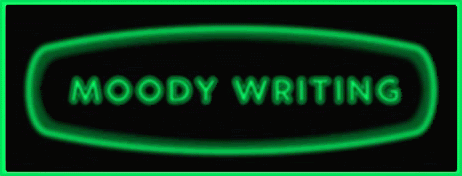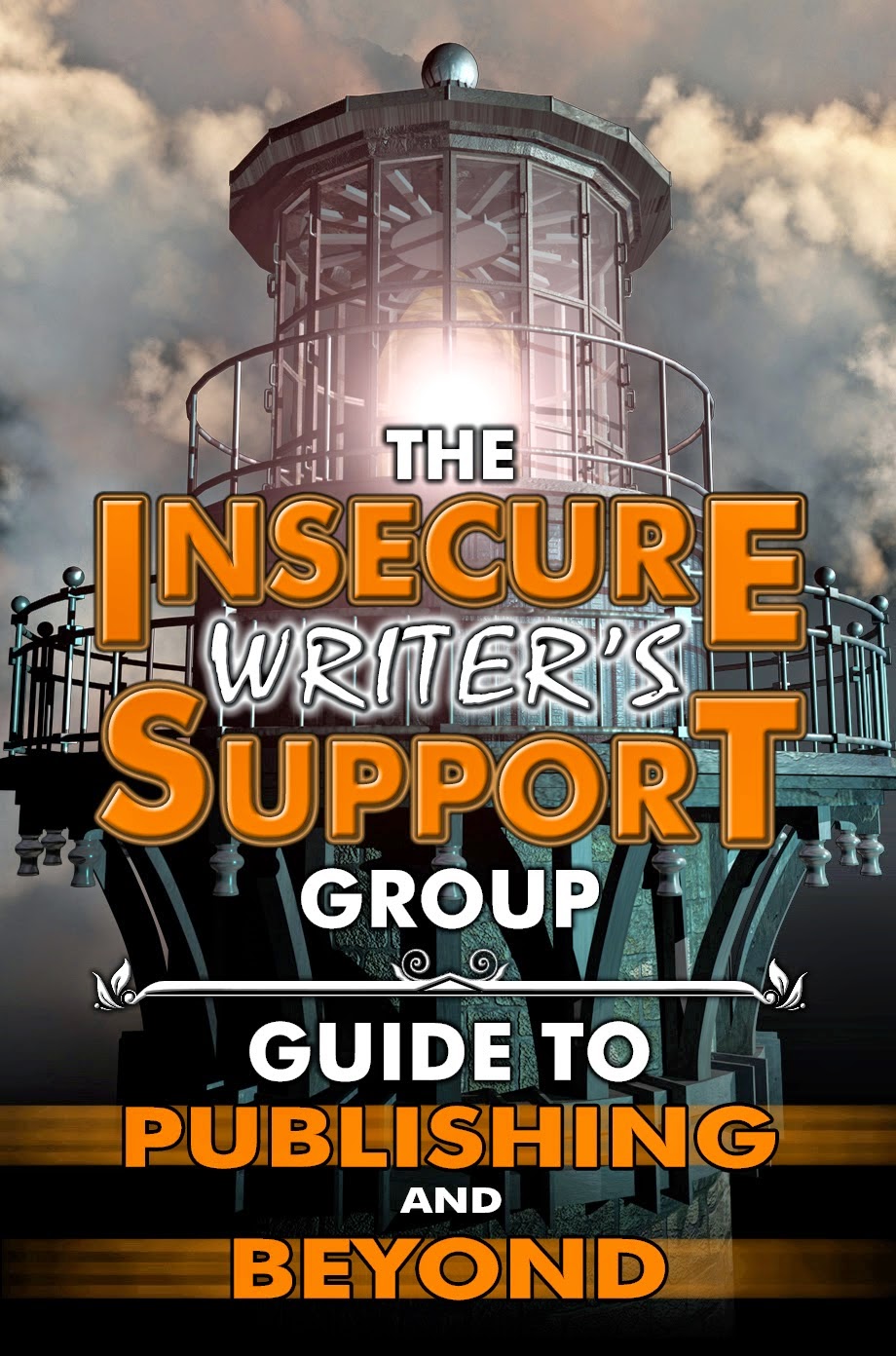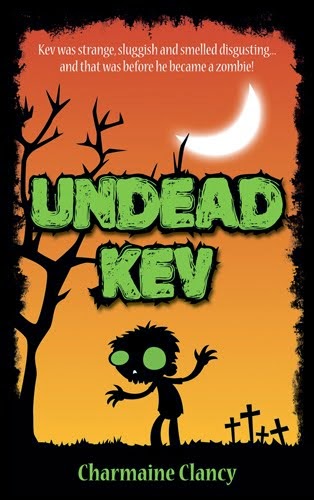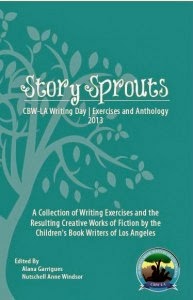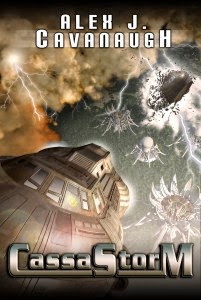POINT OF VIEW
First Person – will put you inside the character’s head, which can be emotionally very powerful. But it will only give you one side of the story. The other thing it can do is add realism, as in giving an eye-witness account. Moby Dick is written in first person and starts with the line: Call me Ishmael ... but is it Ishmael’s story? Do we get to know the only survivor of the Pequod? Not really, he is just our guide to the story, and being in his head doesn’t make much of a difference.
Generally, for first person to be effective you need either the character to be very interesting, so we want to know his views, or what he’s telling you to be very interesting. Or both.
3rd Person Dramatic – written like a play or movie, where only actions, settings and dialogue are reported, with no thoughts or opinions. Makes for a fast, flowing style, suited to short stories and action sequences, but can feel quite sterile in a longer form.
3rd Person Omniscient - seems not to be so much in favour these days, and requires a much broader understanding of the subject. To be able to write a historical drama about the Roman Empire from a omniscient POV means the writer need to know a lot of factual information about the time. If I wrote it from the perspective of a centurion then I can get away with just knowing what he knows and reporting things as he sees them. Those things that aren't clear or don't seem to make sense can be put down to his personal (mis)understanding of his world.
Omniscience not only means you can give the reader whatever information you wish at any time, which certainly is convenient, it also means the voice of the narrator has to hold some authority so that the reader feels the information being given is authentic and comes from a place of knowledge, rather than just made up (even if it is).
While you can probably see how this would be true for a historical drama, it still holds true for other kinds of stories. A story set in a small village in the middle of nowhere written in omniscient POV would still need to feel like the author really knew the place, the people, and the time. Far more than even somebody who actually lived there. That feeling of authority and confidence emanating from the writer is a hard thing to do, especially for a novice writer.
This is especially true for fantasy stories where the writer feels confident of knowing his subject (since he made it all up himself), but this often leads to overdoing it and excessive description. Someone who knows what they're talking about can express it in less words, not more.
It becomes very apparent, very quickly, if the writing is not up to it because there will be gaps in the narrative filled with flowery prose. Using omniscience is a great way to get the reader to completely trust the writer so that the fictional parts are swallowed along with the factual parts, but it means really knowing your subject (which few people do). It also means the author becomes more visible as a separate entity from the story.
Omniscience not only means you can give the reader whatever information you wish at any time, which certainly is convenient, it also means the voice of the narrator has to hold some authority so that the reader feels the information being given is authentic and comes from a place of knowledge, rather than just made up (even if it is).
While you can probably see how this would be true for a historical drama, it still holds true for other kinds of stories. A story set in a small village in the middle of nowhere written in omniscient POV would still need to feel like the author really knew the place, the people, and the time. Far more than even somebody who actually lived there. That feeling of authority and confidence emanating from the writer is a hard thing to do, especially for a novice writer.
This is especially true for fantasy stories where the writer feels confident of knowing his subject (since he made it all up himself), but this often leads to overdoing it and excessive description. Someone who knows what they're talking about can express it in less words, not more.
It becomes very apparent, very quickly, if the writing is not up to it because there will be gaps in the narrative filled with flowery prose. Using omniscience is a great way to get the reader to completely trust the writer so that the fictional parts are swallowed along with the factual parts, but it means really knowing your subject (which few people do). It also means the author becomes more visible as a separate entity from the story.
Limited 3rd Person – the POV is in third person, but limited to the perspective of one character, so it is like first person (only written as third). While it is perfectly possible to write a whole book from the L3 POV of one character, the real advantage is to be able to switch between characters and have multiple POVs. But you need to stick with one POV character for each chapter (or for each scene if it is a long chapter made up of numerous scenes). So one chapter can be from the perspective of the hero, another from that of the villain, etc. If you did that with first person it would get messy as you tried to establish exactly which character was talking as they would all refer to themselves as ‘I’. But with L3 it is quite simple. Basically it allows more than one first person POV in a story.
In L3 you have to limit it to one character’s POV at a time because otherwise you get head-hopping. When the narrative, as well as the dialogue, is written in the voice of a character, and then you shift POV within the same scene, while dialogue is easily attributable, it can quickly become unclear who’s in control of the narrative.
“Just go to sleep,” said David. He rolled off her and punched his pillow into a more comfortable shape. Then he gave it a couple of more punches because it felt good.
“Can you stop that?” said Jill. She was sure he was just doing it to annoy her and she could feel the pain in her head tighten even more. Was he imagining punching her?
Silence descended on the bedroom for a few second and then next door’s cat started wailing. It was the last straw.
So obviously the first para is in his head. The second in hers. And the third — who snapped? Obviously this is a deliberately opaque example, but the confusion with whose narrative you are reading is the issue with head-hopping.
In Omniscient POV this isn’t a problem because all narrative is in the same voice, that of the narrator.








